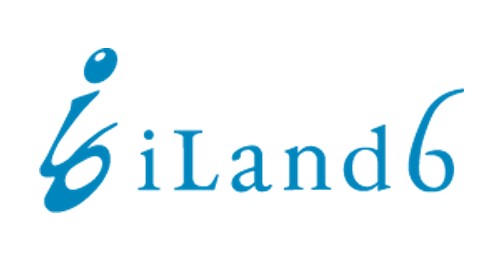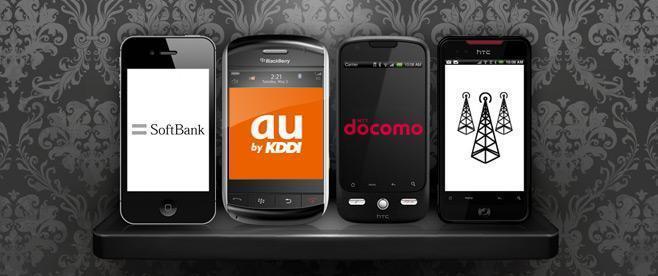KDDIは、2012年度下半期の業績を修正し、営業利益を4~5%増加させると予想しています。2011年、KDDIの売上は9%減少しました。スマートフォン市場への参入が遅れたことに加え、ソフトバンクがiPhoneを長年独占し、イー・モバイルを買収したことにより、ソフトバンクに第2位のキャリアとして抜かれたためと予想されます。 KDDIは今年、巻き返しのため、2012年9月から強力なLTEネットワークでiPhone 5のサービスを提供しています。
両社とも、スマートフォンの固定電話パッケージからの短期的な収益の増加、より多くの帯域を求める消費者の果てしない要望への対処という道を歩んでいます。
一方、携帯電話キャリアNo.1のNTTドコモ(加入者数6,000万人)は、提供するコンテンツをよりコントロールし、サムスンも含めたメーカーがコントロールできるAndroid携帯を提供するという道を歩んでいます。 ドコモは、国内外のコンテンツ企業を買収したり、提携したりしており、例えば、Siriのようなサービスをリリースし、人気を博しています。
果たしてどちらのアプローチが正しいのか。ドコモがグーグルやアップルに追いつこうとして息を呑むのか、それともこの戦略が競争力と財務基盤を確保するのか楽しみです。
KDDI forecasts improved financial performance for the 2nd half of fiscal 2012, with operating income increasing by 4-5%. KDDI‘s revenue fell 9% in 2011 as it was late to the smart phone game, and saw Softbank pass it as #2 carrier thanks to its longtime iPhone monopoly and acquisition of eMobile. KDDI fought back this year, offering iPhone 5 service from September 2012 on a robust LTE network.
Both carriers follow a path now familiar worldwide – increased short-term revenue from fixed smart phone packages, creeping long-term dependence on the global content giants, and trying to deal with consumers’ endless thirst for more and more bandwith.
The #1 mobile carrier NTT Docomo (60 Million subscribers) is charting a different course, keeping more control of its content offerings, and offering Android phones whose makers it can control (even Samsung). Docomo is acquiring and partnering with content companies in Japan and abroad – for example it released a nice Siri-like service that’s become popular.
Which approach will prove correct? Will Docomo gasp trying to run with the Googles and Apples, or will the strategy assure its competitive and financial terra firma?
Stay tuned!



